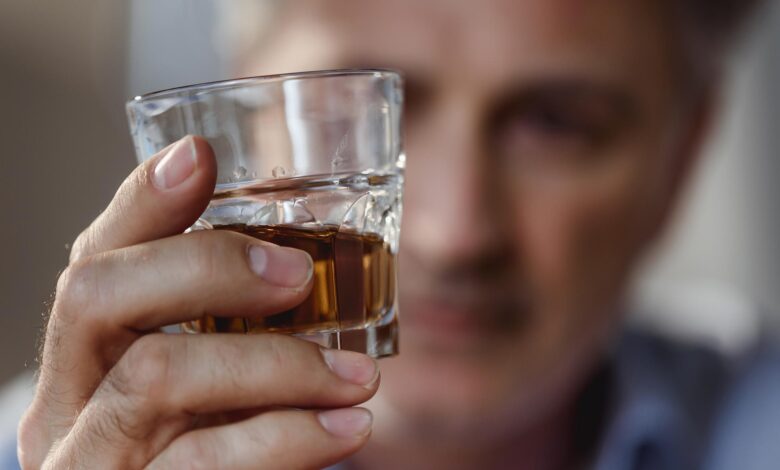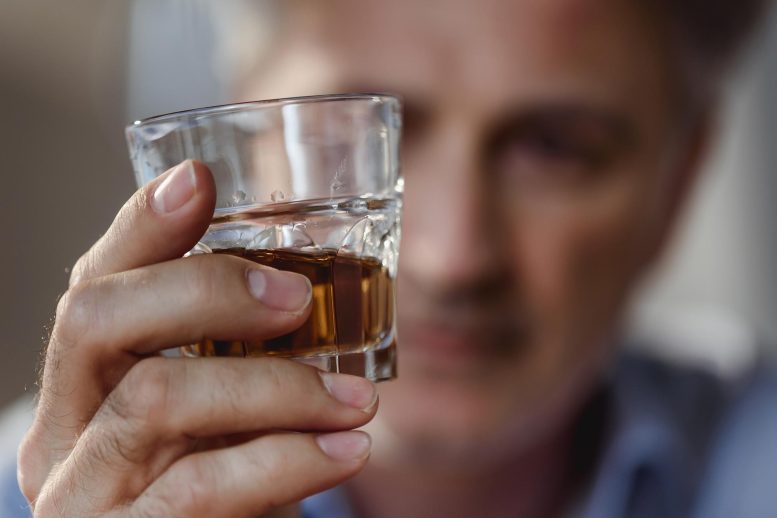How Alcohol Content Shapes Your Favorite Drinks


New research uncovers the molecular interactions in ethanol-water mixtures that dictate alcohol content in beverages, offering insights into traditional distillation and potential innovations in the beverage industry.
A recent study published in the journal Matter, led by Prof. Jiang Lei of the Technical Institute of Physics and Chemistry at the Chinese Academy of Sciences, uncovers the molecular dynamics that determine the alcohol levels in beverages like Chinese baijiu. This research offers a scientific insight into conventional distillation methods and proposes potential advancements for innovation within the alcoholic beverage sector.
The researchers discussed how ethanol-water mixtures determine the critical alcohol content in beverages. Using high-frequency proton nuclear magnetic resonance and molecular dynamics simulations, they revealed the presence of distinct ethanol-water molecular clusters within ethanol-water mixtures.
Impact of Temperature on Alcohol Clusters
According to the researchers, the transitions of these clusters at specific critical points correspond remarkably to the alcohol content ranges of several well-known alcoholic beverages worldwide.
In addition, they found that low temperatures promote the formation of ethanol-dominated chain-like clusters, which explains the preference for cooling beers and warming spirits such as baijiu to obtain similar “ethanol-like” flavors at lower alcohol content. This finding not only provides a scientific basis for traditional brewing and distilling techniques but also opens up opportunities for the future development of innovative alcoholic beverages.
Implications for the Alcoholic Beverage Industry
This innovative research has not only demystified the traditional aspects that determine the alcohol by volume (i.e., alcohol concentration) of alcoholic beverages but has also provided a new scientific basis for standardized production in the alcoholic beverage industry.
By precisely controlling the critical points of the ethanol-water cluster, manufacturers can maintain an ideal taste while reducing alcohol concentration, thereby bringing a more diverse range of products to the market.
Reference: “Ethanol-water clusters determine the critical concentration of alcoholic beverages” by Xiaotao Yang, Jia Zheng, Xianfeng Luo, Hongyan Xiao, Peijia Li, Xiaodong Luo, Ye Tian, Lei Jiang and Dong Zhao, 1 May 2024, Matter.
DOI: 10.1016/j.matt.2024.03.017
Source link



